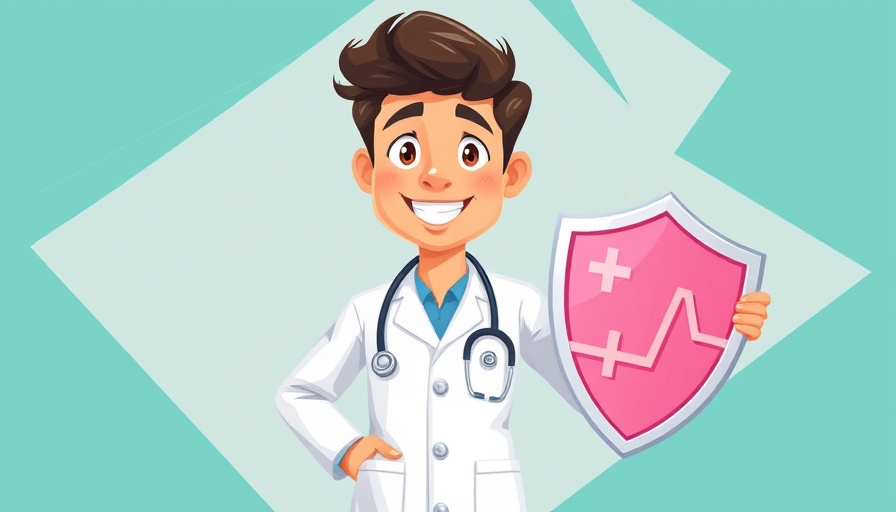
Improving Employee Benefits While Cutting Costs: A Sustainable Approach
For any organization aiming to attract and retain top talent, offering competitive employee benefits is paramount. As healthcare costs continue to rise, many companies are feeling the financial strain of providing robust health insurance. However, this does not mean they must compromise on employee health or overwhelm their budgets. A strategic approach can help improve employee healthcare benefits while reducing insurance costs.
Understanding Health Insurance Costs
Healthcare costs are driven by various factors, including the specific insurance carrier, copay structures, prescription coverage, and deductibles. Here’s a brief overview:
- Carrier: Different carriers have varying plan premiums.
- Copay: Higher copays usually lead to lower premiums, and vice versa.
- Prescription Coverage: Insurance plans may vary significantly in their prescription coverage, impacting overall costs.
- Deductible: Higher deductible plans often come with lower premiums, creating a potential trade-off for employees.
The Difference Card: A Game-Changer in Employee Benefits
One innovative solution is becoming a client of The Difference Card. This card offers considerable savings—an average of 19.6% in the first year—by helping to reduce copays and deductibles. It includes features like flexible spending accounts that allow employees to cover healthcare expenses pre-tax, thus lowering their out-of-pocket costs. This makes healthcare benefits more accessible without inflating premiums.
Empowering Employees with Education
Educating employees about their healthcare benefits can also lead to cost savings. Employees who understand their insurance options are better equipped to make informed healthcare decisions, which can reduce unnecessary visits to emergency rooms and lower overall healthcare costs for employers. Moreover, they can more easily spot discrepancies in their medical bills.
Embracing Telehealth Services
Offering telehealth as part of healthcare coverage provides additional convenience and cost savings. Employees can consult with medical professionals from home, reducing missed work and unnecessary office visits. As the demand for telehealth services grows, companies can leverage this trend to improve employee satisfaction while managing costs effectively.
The Future of Employee Benefits Management
In these challenging economic times, it’s crucial for employers to adopt a multifaceted approach to benefits management. This includes increasing employee awareness of available resources, promoting healthy lifestyle choices, and ensuring a better work-life balance. By prioritizing a healthy workplace culture, employees are likely to exhibit higher morale and productivity, which ultimately contributes to cost savings in the long run.
Call to Action: Enhance Your Employee Benefits Strategy
In conclusion, improving employee benefits while reducing costs is not merely a goal but an achievable necessity. Companies should explore innovative solutions like The Difference Card and invest in employee education. Creating a holistic approach to employee benefits can lead to a more engaged workforce that contributes positively to the company’s bottom line. Prioritize your workforce today to ensure a thriving and sustainable business tomorrow.
 Add Row
Add Row  Add
Add 


Write A Comment